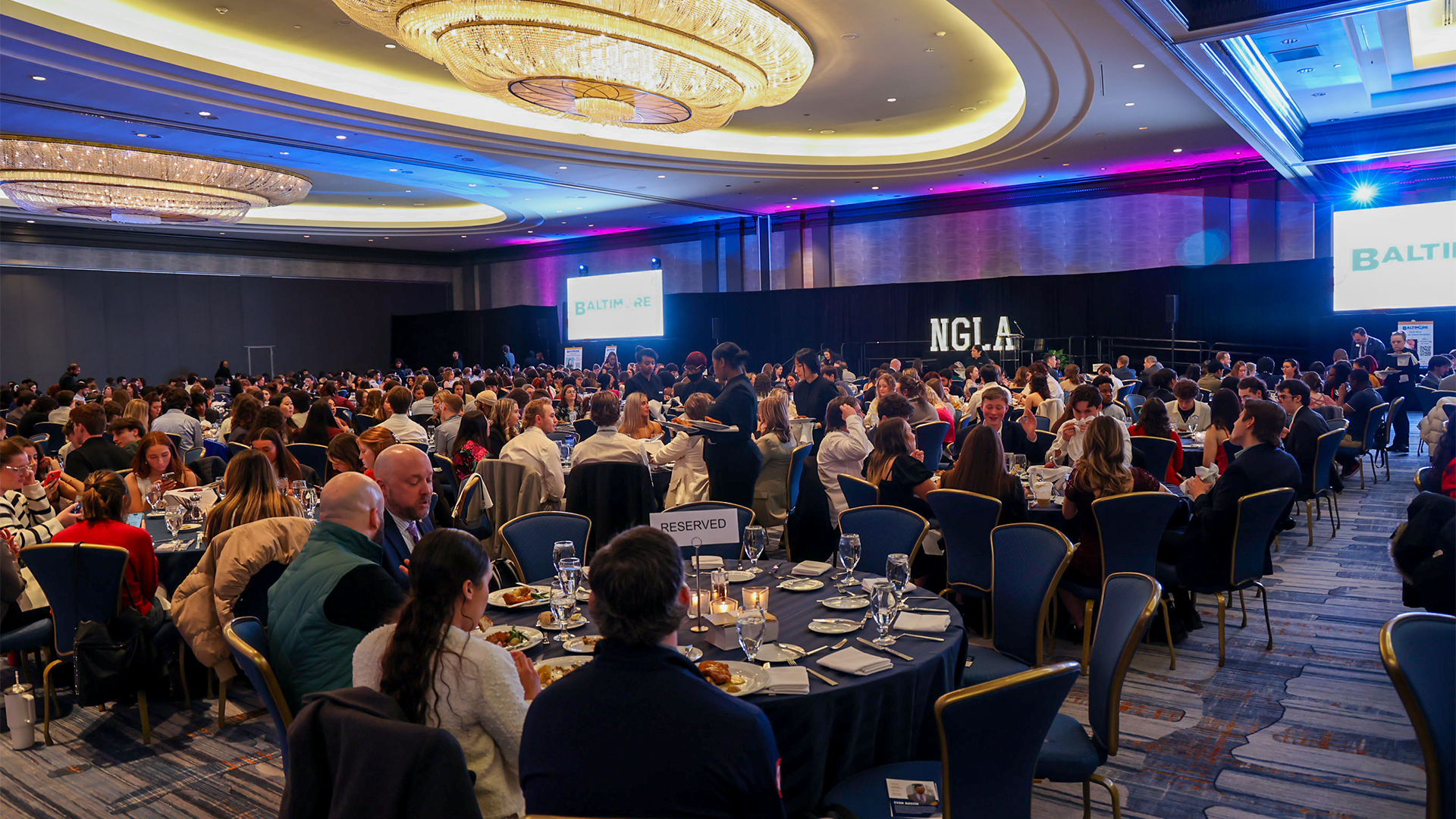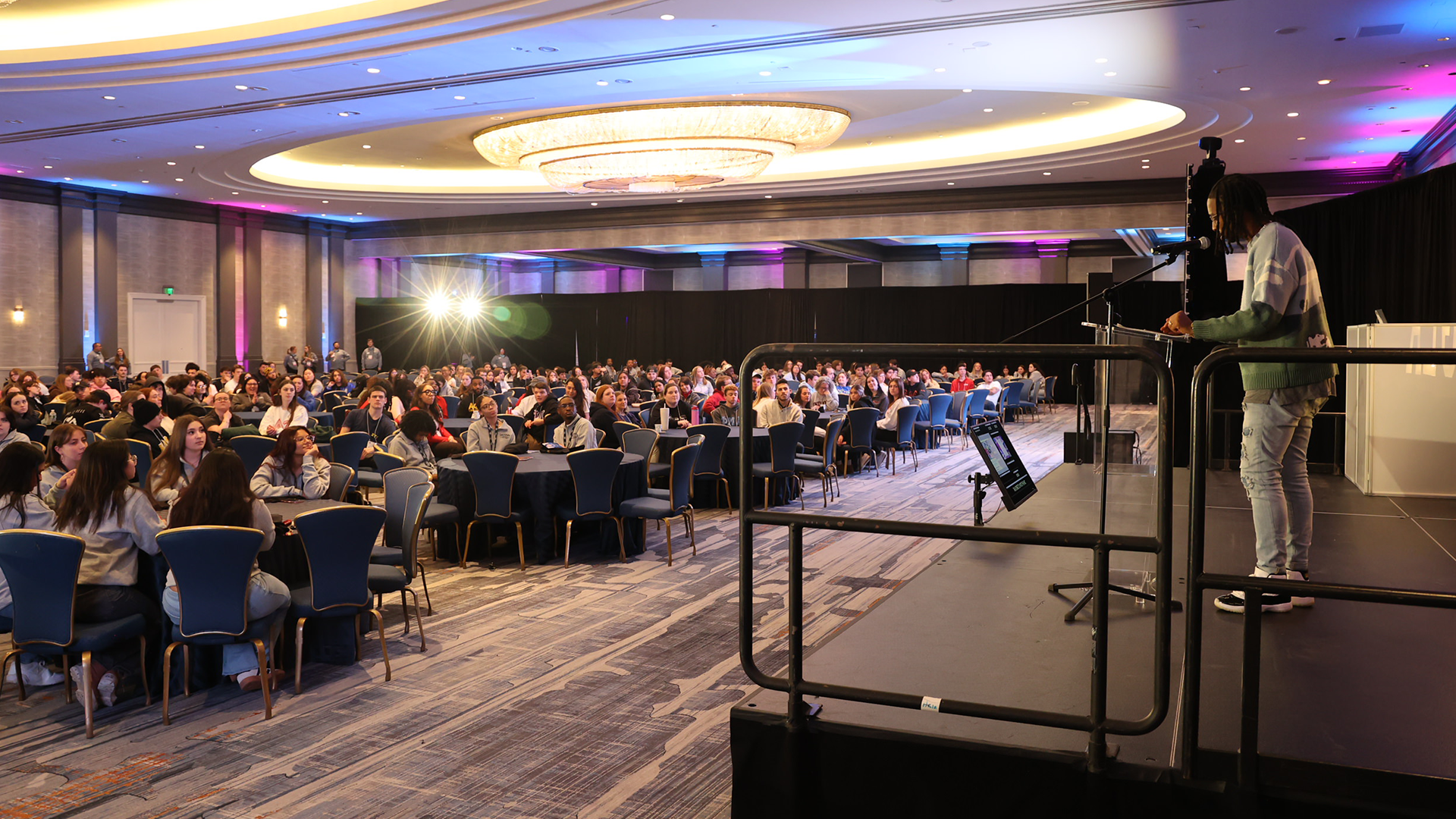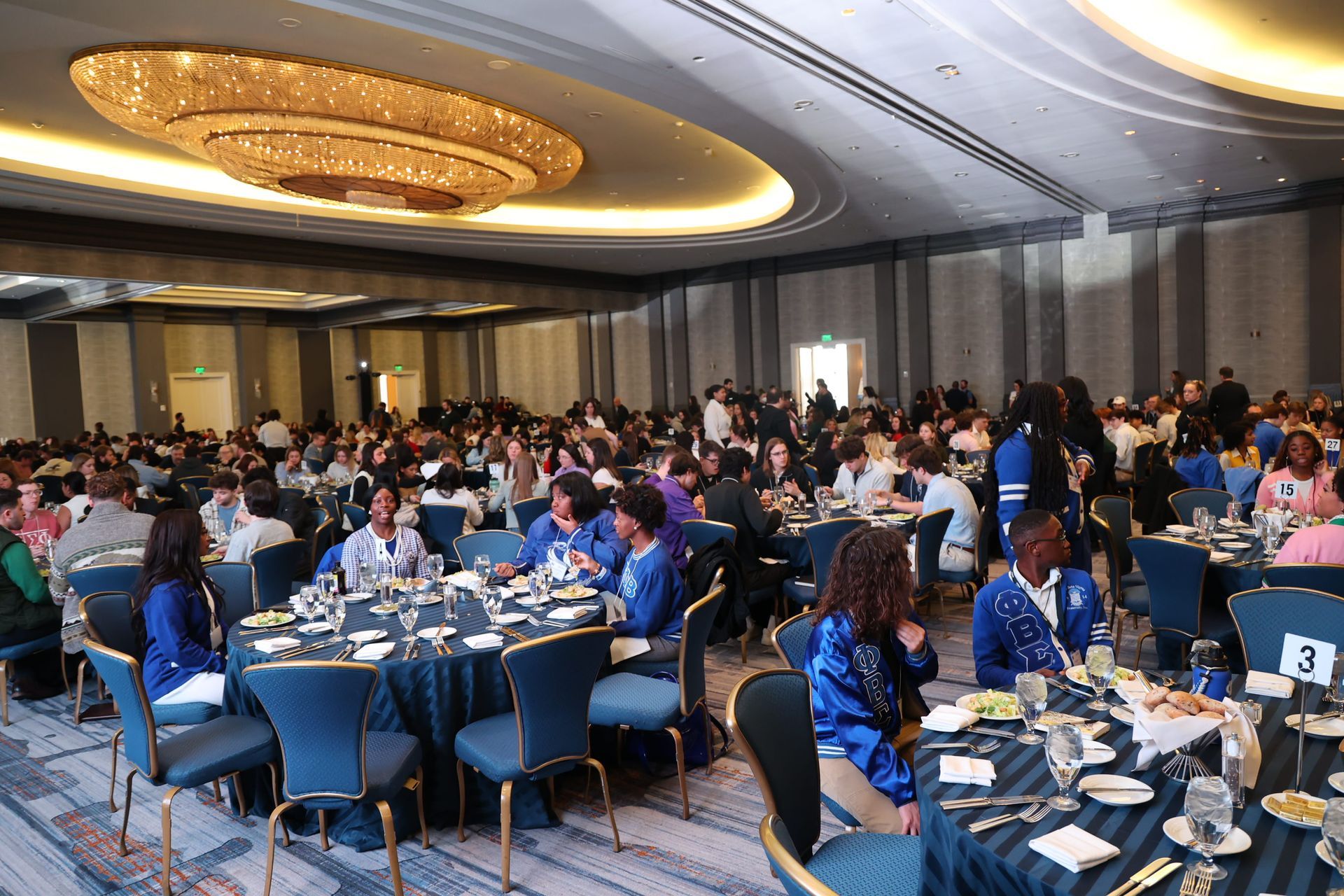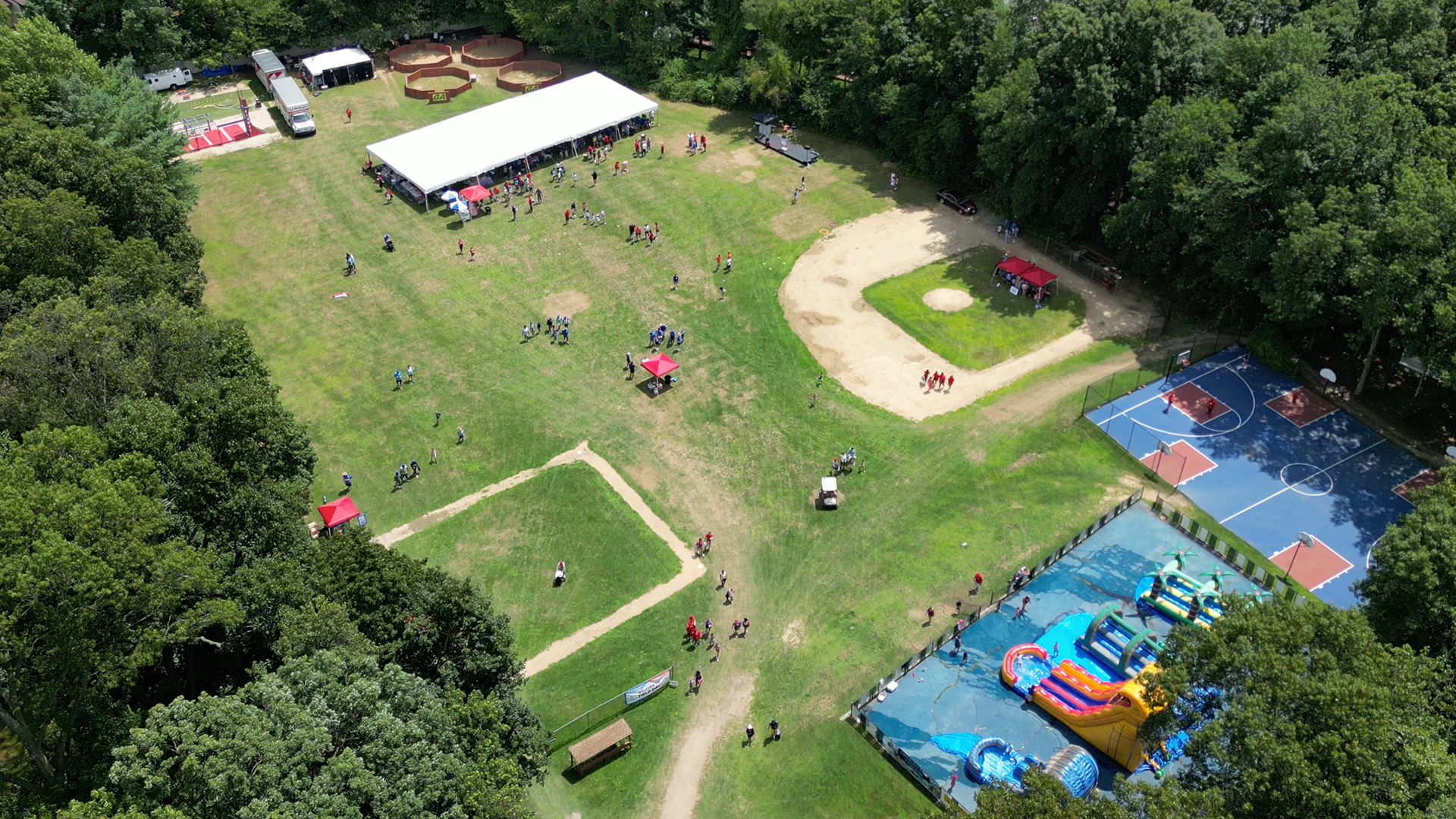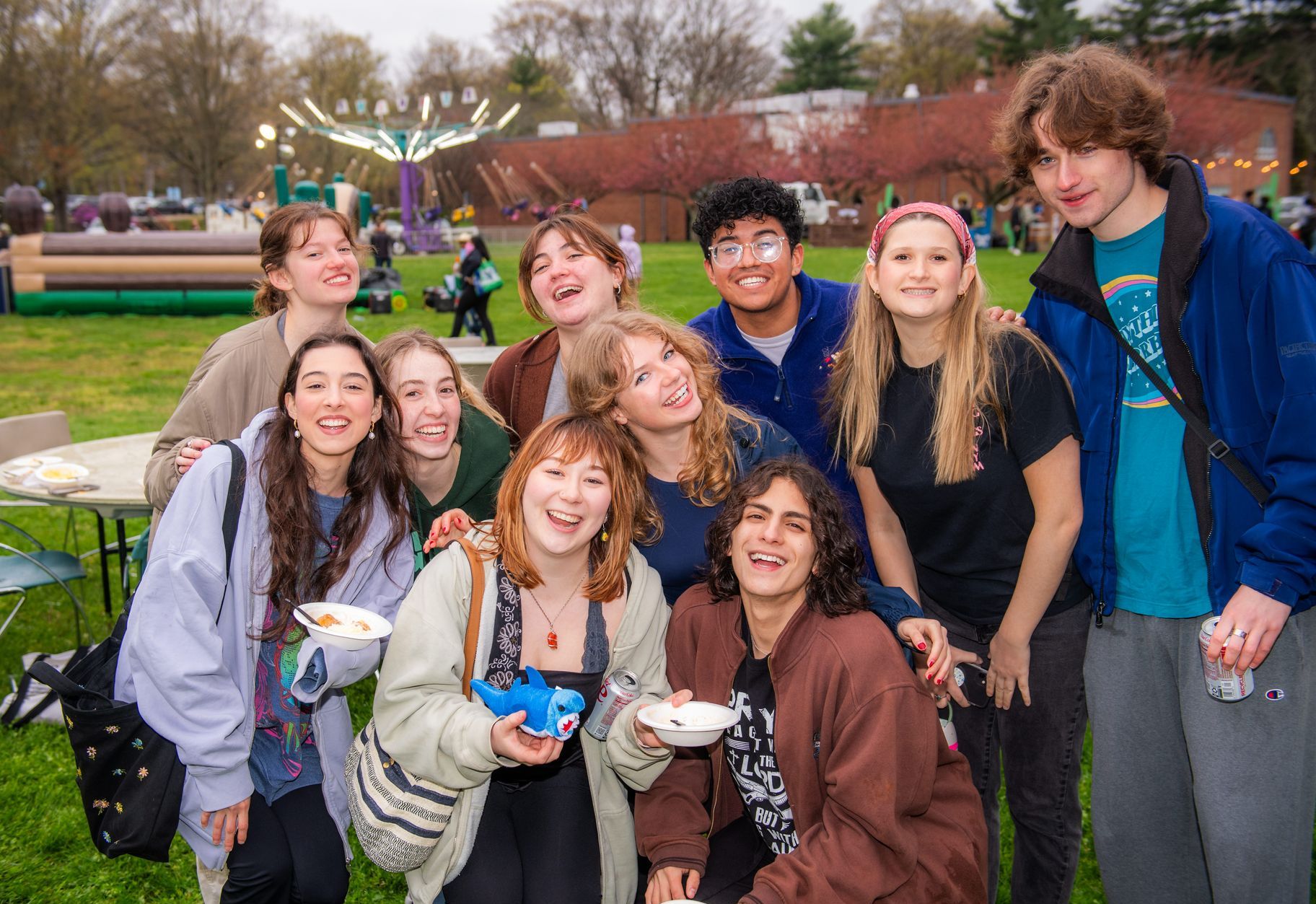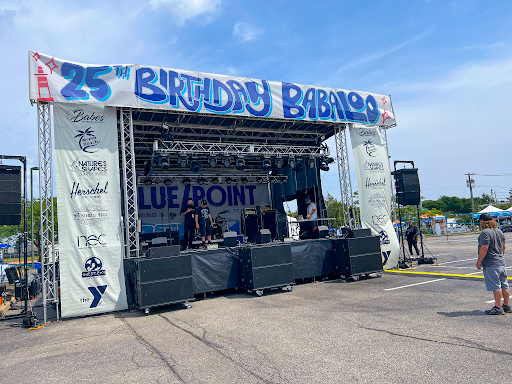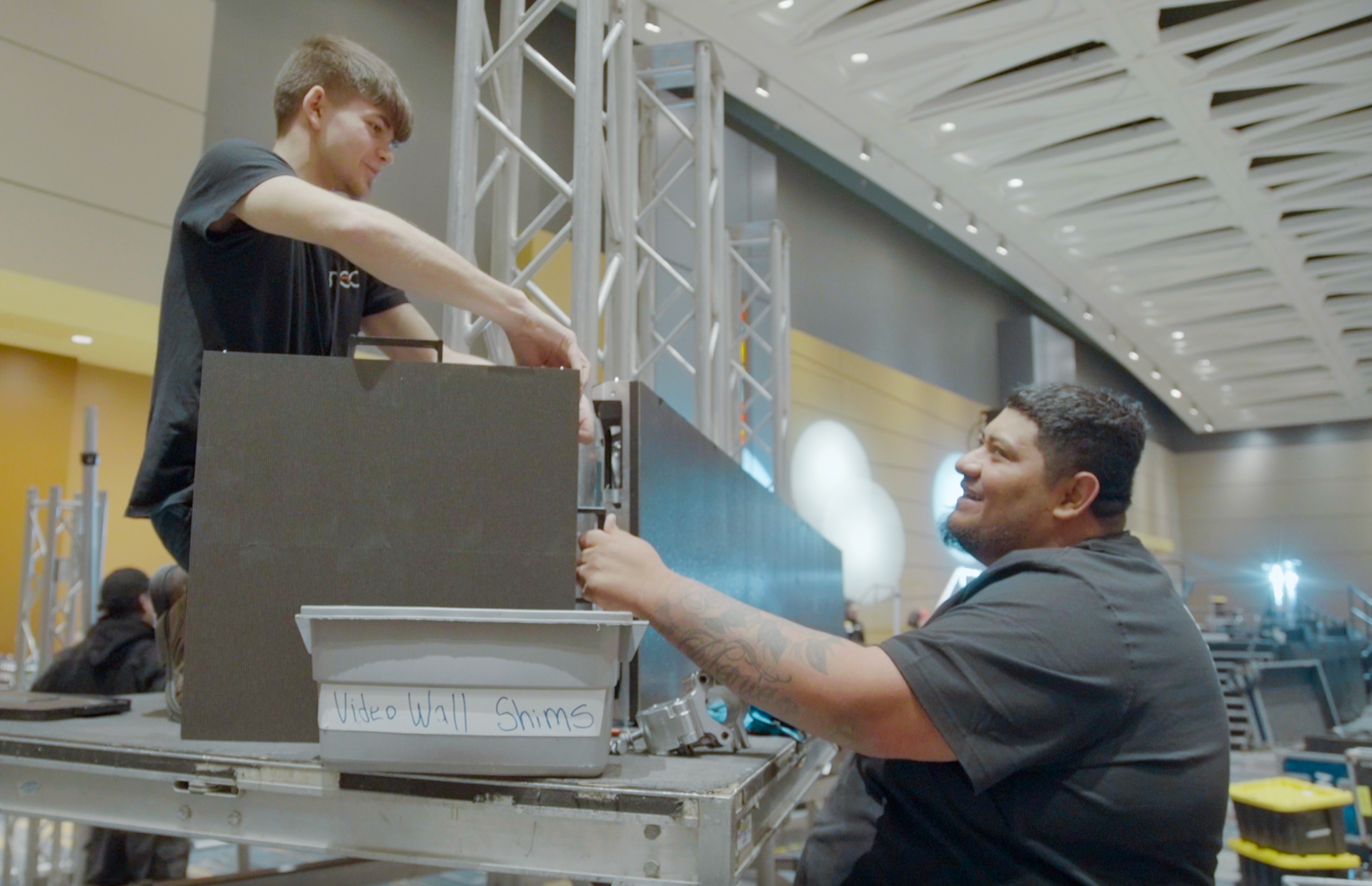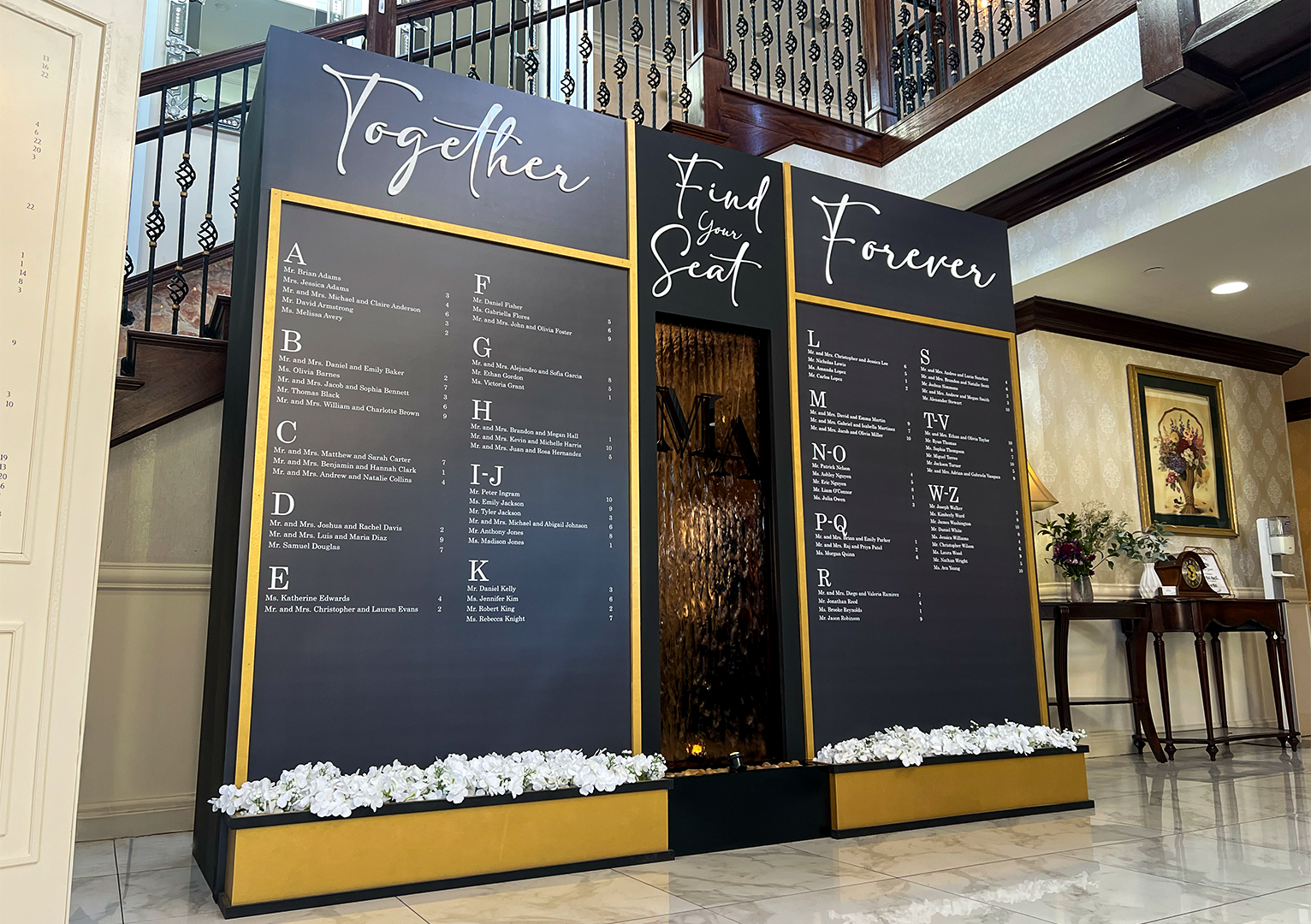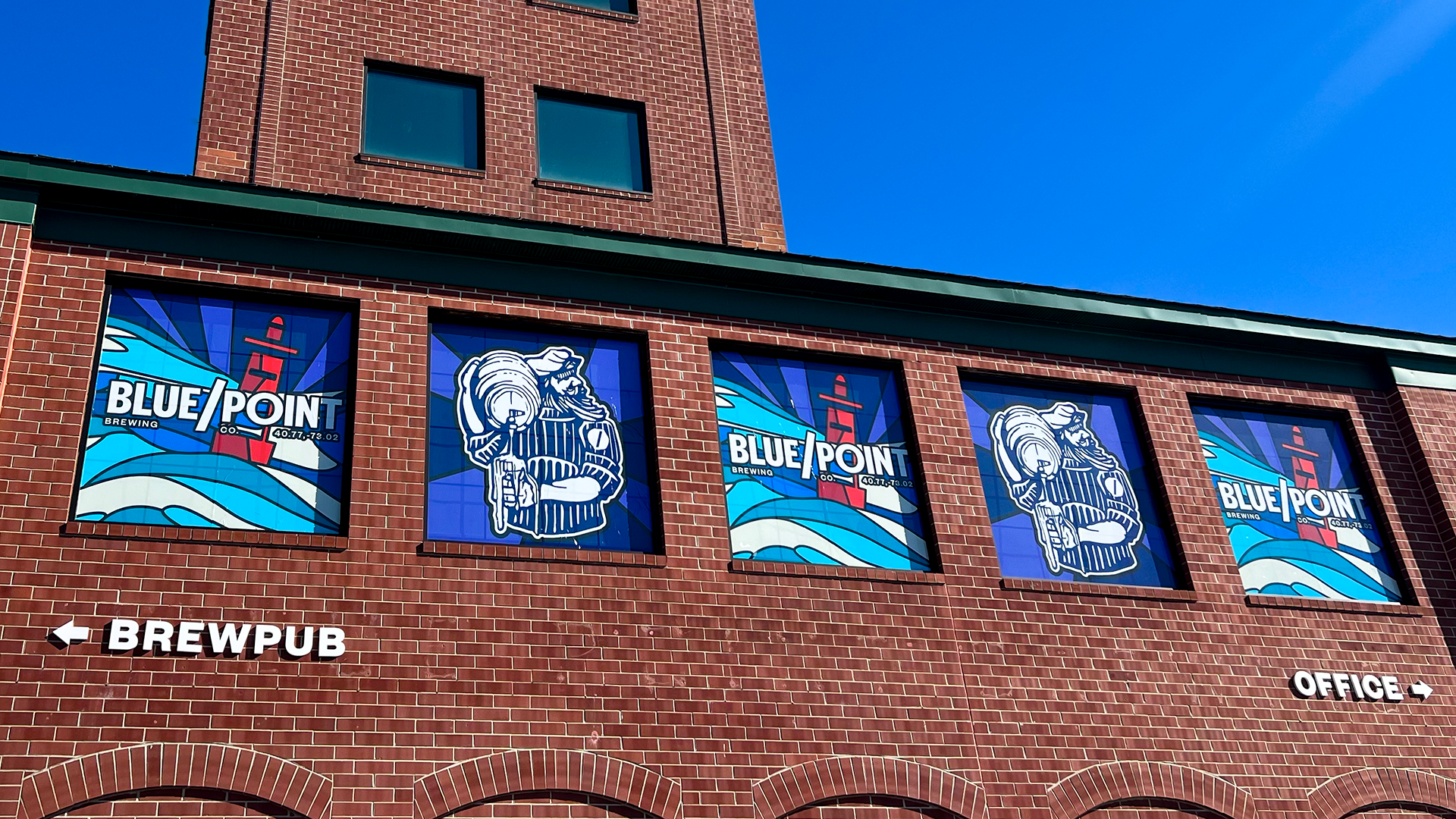The Power of Lighting in Winter Events: How to Set the Mood and Add Warmth
Winter Events Are Coming!
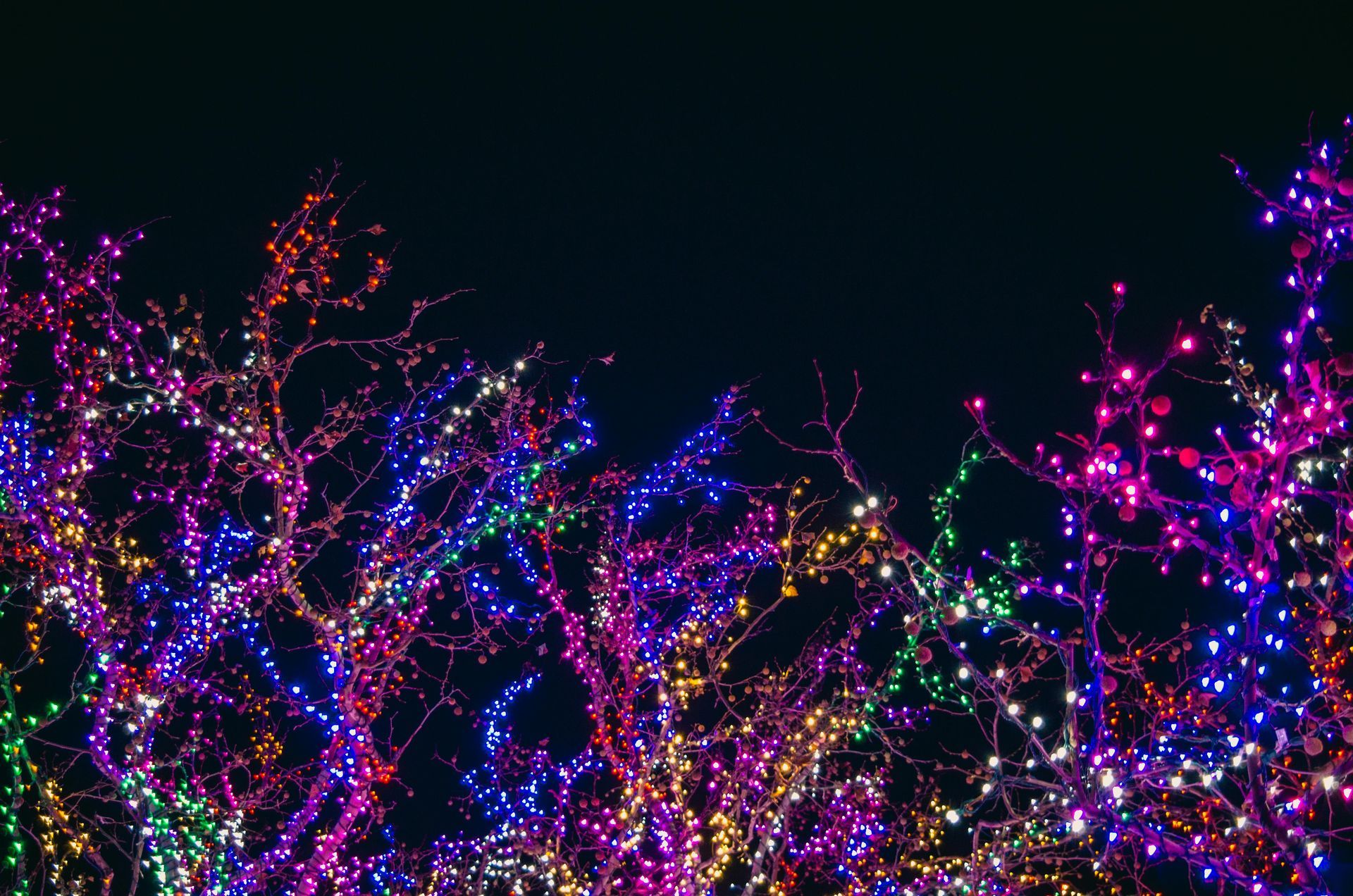
Create Winter Event Magic
The winter season offers unique opportunities to play with lighting. Think about the soft glow of warm white lights against a backdrop of snow or the inviting sparkle of string lights overhead. These elements can transform a simple outdoor area into a magical winter wonderland. Indoors, lighting can highlight key features of the venue, create focal points, and add layers of visual interest.
Using different types of lighting, such as string lights, fairy lights, lanterns, and spotlights, can add depth and dimension to the space. For instance, string lights can be draped across ceilings or wrapped around pillars to create a canopy of light, while lanterns can provide soft, ambient lighting that enhances the overall atmosphere. Spotlights can be used to accentuate specific areas or decorations, drawing attention to important elements of the event.
In addition to aesthetic considerations, practical aspects of lighting should also be considered. Pathway lighting can ensure that guests navigate the space safely, while dimmable lights can provide flexibility to adjust the ambiance as needed throughout the event.
Winter events present a unique set of challenges and opportunities for lighting design. By embracing the season's characteristics and thoughtfully incorporating lighting, event planners can create environments that not only look beautiful but also feel warm and welcoming.
Crafting Ambiance with Exterior Lighting
One of the most iconic examples of using exterior lighting to create ambiance is the annual Rockefeller Center Tree lighting in New York City. This event transforms the heart of Manhattan into a luminous winter wonderland, drawing visitors from all around the world. By strategically placing lights on the massive tree, the entire area is imbued with a sense of magic and celebration.
For event planners, exterior lighting is a powerful tool to transform outdoor spaces into enchanting experiences. By using a combination of string lights, spotlights, and landscape lighting, even the most ordinary outdoor area can be turned into a magical setting. Lighting pathways with warm white lights can guide guests and create a cozy atmosphere, while colored lights can be used to highlight specific features or add a festive touch. The key is to balance brightness and warmth, ensuring that the outdoor environment feels inviting and exciting, even in the depths of winter.
Another great example is the use of exterior lighting in winter festivals and outdoor markets. Imagine a small town square adorned with twinkling lights, casting a soft glow on the snow-covered ground. The strategic placement of lighting can emphasize architectural features, trees, and pathways, creating a visually stunning environment that encourages people to linger and enjoy the festivities.
When planning outdoor events, consider the type and placement of lighting fixtures. Overhead string lights can create a canopy effect, making an open space feel more intimate. Spotlights can be used to highlight statues, fountains, or other focal points, adding depth and dimension to the scene. Additionally, landscape lighting can accentuate natural features such as trees, bushes, and ponds, integrating them into the overall design.
Using lighting to create ambiance is not just about visual appeal; it's also about enhancing the overall experience for guests. Warm, inviting lighting can make an outdoor winter event feel cozy and welcoming, encouraging guests to stay longer and enjoy the festivities. Whether it's a public celebration or a private gathering, the thoughtful use of exterior lighting can make a significant difference in the atmosphere and success of the event.
The Influence of Color on Lighting Design
Color is a fundamental aspect of lighting design that significantly affects mood and perception. When planning winter events, choosing the right colors can enhance the overall ambiance and make a lasting impression on guests. Warm colors like red, orange, and yellow can create a cozy and welcoming environment, perfect for intimate gatherings. These hues evoke feelings of warmth and comfort, making guests feel at home despite the chilly weather outside.
Cooler colors such as blue and green can be used to evoke a sense of calm and serenity. These colors are often associated with winter and can be used to complement a winter-themed event. The strategic use of color in lighting design can also highlight specific areas or features, drawing attention and guiding guests through the space. By understanding the psychological impact of color, event planners can craft an experience that resonates emotionally with attendees.
The interplay between warm and cool tones can create a dynamic and visually engaging environment. For example, a combination of warm-colored lights in gathering areas and cool-colored lights in pathways or around decor and centerpieces can create a balanced and harmonious setting. Additionally, using color-changing lights allows for flexibility in altering the atmosphere throughout the event, keeping the experience fresh and engaging for guests.
Lighting design should also consider the nature of the event. For family-friendly events, bright and cheerful colors can create an inviting and playful atmosphere. In contrast, sophisticated events might benefit from a more subdued and elegant color palette. Utilizing the right color combinations can enhance the theme of the event and contribute to a cohesive and immersive experience for attendees.
Immersive Lighting Installations
Immersive lighting installations engage audiences by creating dynamic and interactive environments. A standout example is the "Harry Potter Forbidden Forest Experience" (see here), where advanced lighting techniques are used to bring the enchanting world to life. These installations utilize a blend of projection mapping, moving lights, and synchronized soundscapes, transporting guests into a magical realm that stimulates the senses.
For event planners, crafting such immersive experiences involves merging cutting-edge technology with creative storytelling. The goal is to evoke emotion and spark curiosity, making the event more engaging and memorable. These installations can transform a simple venue into an extraordinarily impactful setting, offering attendees a unique experience that is both visually stunning and emotionally resonant.
Interactive elements can further enhance the impact of light installations. Guests can become active participants, whether by triggering light changes through movement or engaging with touch-sensitive displays. This level of interaction makes the experience more personal and captivating, encouraging guests to share their experiences on social media, thereby amplifying the event's reach and impact.
The versatility of immersive lighting installations makes them suitable for various event types, from themed parties to seasonal festivals. By incorporating elements like motion detection and projection mapping, event planners can create customized visual narratives that align with the event's theme, offering a cohesive and immersive experience. Advanced lighting can also highlight specific features or create focal points, guiding guests through a visually engaging journey.
Conclusion: The Influence of Lighting on Event Success
Lighting has the remarkable ability to shape the atmosphere and elevate the experience of any event. The thoughtful application of lighting can transform spaces, creating a sense of warmth and enchantment that draws guests in and encourages them to linger. From the soft glow of string lights creating a cozy canopy to the dynamic interplay of colors that evoke specific moods, lighting serves as both a practical and aesthetic tool in event planning.
Effective lighting design takes into account both the visual and emotional impact on attendees. The right combination of lighting elements can highlight key features of the venue, guide guests safely through the space, and create focal points that capture attention. This not only enhances the visual appeal of the event but also contributes to a seamless and enjoyable guest experience.
For instance, immersive light installations can turn an ordinary setting into an extraordinary spectacle, engaging guests and providing interactive experiences that leave lasting impressions. These installations use advanced technology to create environments that are visually stunning and emotionally engaging, making the event more memorable.
The use of color in lighting design further amplifies the impact, with warm hues creating a welcoming ambiance and cooler tones offering a sense of calm and serenity. By experimenting with various lighting techniques and understanding their potential, you can create magical and inviting spaces that not only meet practical needs but also captivate and delight your guests. The transformative power of lighting ensures that every event is not just seen, but felt, leaving a lasting impression long after the lights go out.
